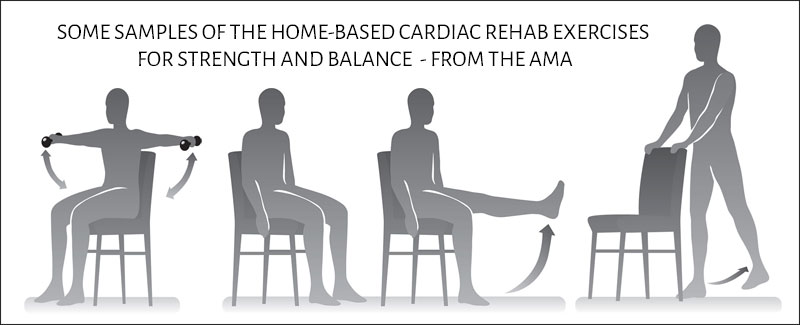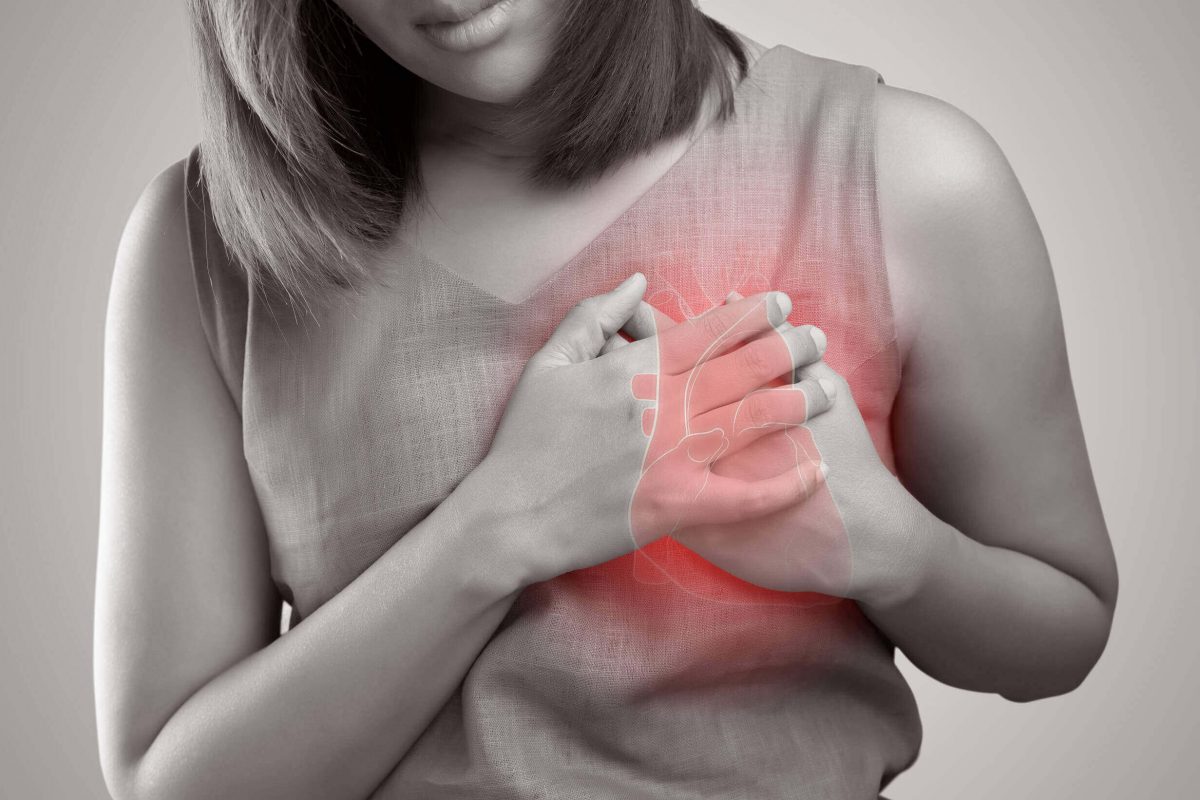What Does A Fluttering Heart Mean? Is it Something Serious?
What does a fluttering heart mean? Why does it feel so scary? What should you do? Is it dangerous? Should you call a doctor – or even an ambulance – if it persists?
FEAR NOT … RELAX … TAKE A DEEP BREATH!
A fluttering heart is more common than you think. And the last thing you need to do is to make it flutter faster with an added layer of anxiety.
Heart flutters (medically called palpitations) can often be caused by easily recognizable triggers – like stress, anxiety, medications, exercise, or because you’ve had too much caffeine, nicotine, or alcohol. Only sometimes are they more serious than that.
So stay calm – and let’s go through the why and how and what-to-do…
Understanding heart flutters or palpitations
On any day, your heart beats about 100,000 times, and you’re not even aware of it. It’s normally a quiet organ, efficiently pumping oxygen-and-nutrient-enriched blood to your body.
You feel the flutter in your chest, or heart palpitations, only when you suddenly become aware of the irregular beats of your heart. For example, you may feel racing heartbeats, flip-flopping, pounding, or a skipping of heartbeats. You may feel the flutter in your throat and neck in addition to your chest.
Remember, heart flutters can happen when you’re active or even when you’re at rest. They usually don’t last long. They may last just a few seconds or minutes, or a bit longer sometimes.
What causes common heart flutters or palpitations?
Most often, heart flutters are only from anxiety or stress. You may be able to control them with some calming relaxation exercises.
If you find yourself having heart flutters often enough to worry you, try seeing when it happens.

Does it happen just after you’ve consumed some coffee or alcohol? Or some medicines? Does it happen when you’re driving a car? Does it happen when you are running behind time on certain deadlines?
If you can spot a pattern, you will be able to realize that some types of stress, certain foods, or medications could be likely causes for the repetitive issue.
You can try to address your palpitations by avoiding those triggers if they are unrelated to any medications. If they are related to the intake of certain medicines, you must discuss this with your doctor.
Hydration and fluctuating blood sugar levels in your body can also increase your experience of palpitations. Drink plenty of fluids at regular intervals during the day, and see that you don’t binge on carbohydrates or sugary foods in sudden doses after staying off them for long periods.
If you’re a woman, hormonal changes associated with menstruation, pregnancy, or menopause may also be the causes for heart flutters. Do let your doctor know, so you can get relief.
Can heart palpitations be dangerous? When should you call your doctor?
The time to get serious is when you also have shortness of breath, dizziness, chest pain, or a fainting episode along with the fluttering heart. See if there is any pain or pressure – or a feeling of tightness in your chest, neck, jaw, arms, or upper back. Occasionally, you may have excessive sweating.
If you have these symptoms, then call the doctor right away and explain the condition you’re in – and the hospital will then advise you on what to do. If they believe you need to go in immediately, they will tell you so.
What happens at the doctor’s office when you have palpitations?
Your doctor will usually follow an action protocol:
1. Your doctor will first note down your medical history, especially the specifics of how often, when, and under what circumstances your palpitations seem to occur.
2. Depending on what has been noted, your doctor may ask for some blood tests, or an ECG (which records your heart’s electrical signals while at rest and while exercising).

3. Your doctor may further suggest “Holter Monitoring“. You’ll need to wear a chest monitor throughout the next one or two days, which will continuously record your heart’s electrical signals and help identify any heart rhythm differences.
4. Your doctor may want you to do “Cardiac Event Recording“. You’ll be made to wear a device on your chest and use a handheld gadget, which you have to activate whenever you get a palpitation. This helps identify when palpitation symptoms occur.
5. Your doctor may also ask for a Chest X-ray, to diagnose if your heart flutters are caused by any problems with your lungs.
6. Your doctor may further check your Echo Cardiogram (an ultrasound study of your heart). It can provide detailed information about your heart’s structure and functioning.
If, after all due testing, your doctor diagnoses the underlying cause as “atrial fibrillation” or “arrhythmia” (both just mean irregular heart rhythm), there are some great medications around now that will help your doctor treat you efficiently.
3 steps to cut down those stress-related heart flutters
If your doctor has given you the medical all-clear on your heart flutters, and you know it’s just from excessive stress, there are 3 great things you can do …
1. Start regular practice of any relaxation technique that works for you
You can do yoga, meditation, or any deep breathing techniques. You can try acupressure to relax the stress points in your body. You can get yourself some guided meditation tapes and listen to their soothing sounds, with eyes closed, for twenty minutes a day.

You can commune with Nature for at least half an hour a day. Take a walk in the park or on a quiet street in the early hours of the morning. Or, you can try aromatherapy – if that’s your fragrance-filled relaxation trigger.
Reading a book (a physical one, not a digital one) is believed to soothe the mind. If you like, listen to lilting instrumental music that is slow and melodious rather than one with fast, frenetic beats. Or write, sketch, paint, or lose yourself in a favorite hobby.
2. Cut out food addictions – or other addictions – that aren’t good for you
There’s so much literature around, from the best of experts, telling us what to eat and what not to eat for great health. There’s also a lot of information available on how to de-addict from smoking, caffeine, alcohol, or drugs that can cause unhealthy highs and lows in our body rhythms.

We all owe it to ourselves to use all this advice to change our lifestyles – and use food for health and not as an escape from stressful situations. Well-chosen healthful foods, eaten at regular mealtimes, can keep the body’s systems in sync and in peace. It’s the sudden uppers and downers we tend to consume that create even more stress when we think we’re taking them for stress relief.
3. Often, comfort and gratitude are the best medicine
Instead of worrying about heart flutters – or even waiting with clenched teeth to see if they appear again – it’s far more comforting to make that one trip to the doctor. Confirming that nothing is seriously wrong with you is sometimes all you may need.

You may also like to think, with gratitude, of all the times when some heart flutters you experienced felt very good.
When you suddenly heard great news or chanced across someone you were close to long ago … when you got that first job or promotion, or read a birthday note from someone you thought had forgotten you … when you won a lucky draw or had an “Aha!” moment about something that was puzzling you … your heart may have fluttered a bit, or skipped a beat!











